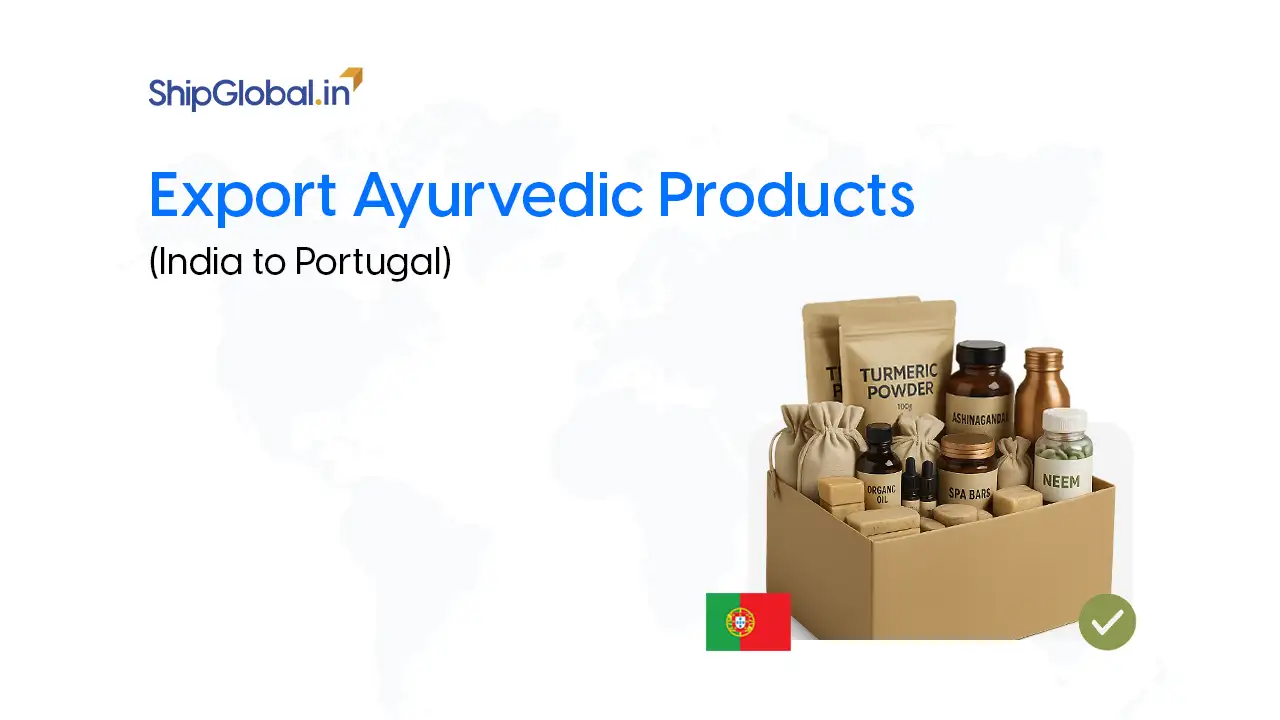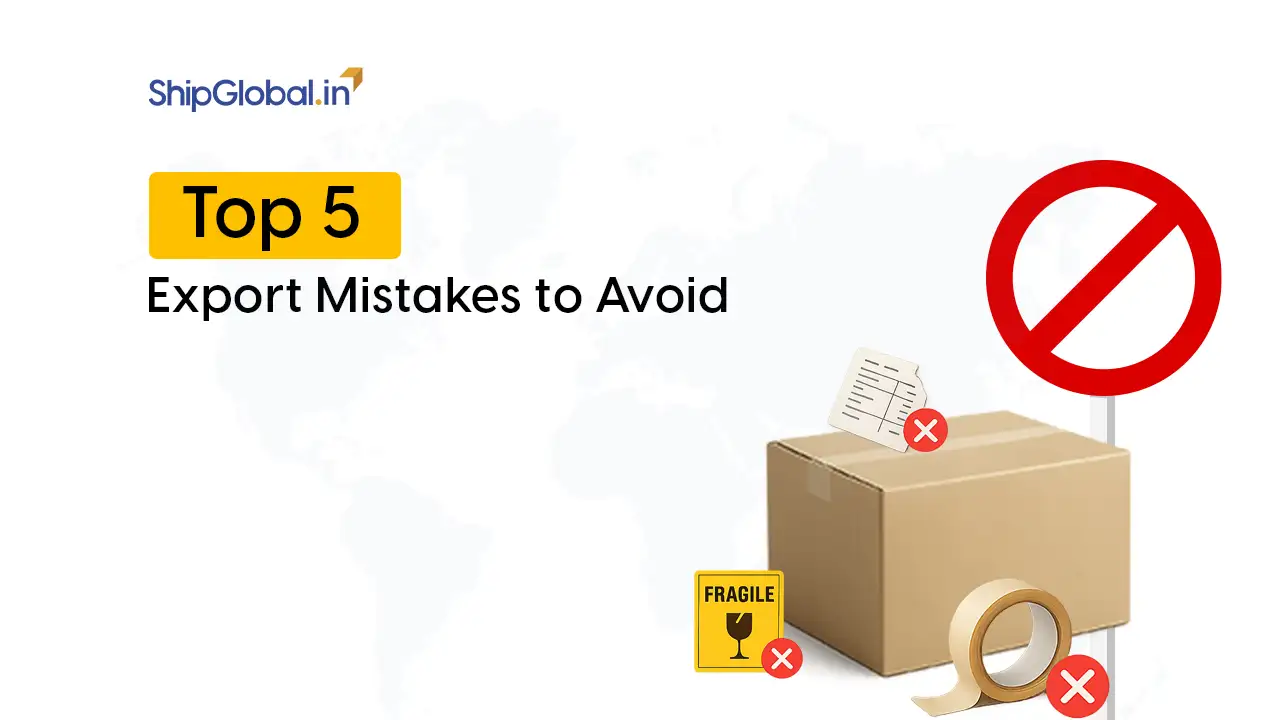If you run a small or medium-sized business (SME), managing how your products move from getting raw materials to delivering to customers is super important. This whole process is called a supply chain. And when you improve it, it’s called supply chain optimization.
This isn’t just a big business thing. For SMEs, it helps to save money, avoid delays, work faster, and keep your customers happy. If you’ve ever had stock run out too soon, faced late deliveries, or wasted too much on storage, it’s likely because your logistics strategy wasn’t working properly.
In this blog, you’ll learn:
- What does a supply chain mean?
- Why it matters for small and medium businesses
- Simple ways to make your supply chain better using technology, planning, and the right partners
- And a real story of how one business owner from Delhi fixed his supply chain problems and grew his brand with smarter decisions
By the end of this blog, you’ll understand how to optimize your supply chain even if you’re just getting started in business.
Meanwhile, are you ready to start your journey?
We’re here for you. At ShipGlobal.in, we help Indian SMEs like yours ship smarter with easy-to-use tools, automation that saves time, and real-time tracking that keeps you in control. Let’s grow your business across the world, together.
What is a Supply Chain
Think of your supply chain like a journey your product takes.
Here’s how it usually works:
- You get raw materials from a supplier.
- Your team makes or packs the product.
- It goes to a warehouse or storage space.
- The order is placed by a customer.
- The product is shipped and delivered.
If anything goes wrong in one of these steps a delay, too much stock, no tracking your entire business can slow down. That’s why supply chain optimization matters.
Why Supply Chain Optimization Matters for SMEs
For small and medium businesses (SMEs), every rupee counts. Unlike large companies, you may not have huge teams or big budgets. That’s why having a well-managed supply chain is so important it helps you save time, reduce costs, and grow faster without wasting resources.
Here’s why supply chain optimization matters for your business:
1. Saves Money
When your inventory, shipping, and packaging are managed smartly, you avoid overstocking, delays, and extra expenses. This leads to real cost reduction in logistics.
2. Speeds Up Delivery
A smoother logistics strategy means products reach your customers faster and on time. That builds trust and boosts customer satisfaction.
3. Reduces Mistakes
Using tools like automation and real time tracking helps you avoid common errors like sending the wrong item or missing a shipment.
4. Improves Planning
With better demand forecasting, you’ll know exactly what to stock, when to reorder, and how much to make instead of just guessing.
5. Makes You More Competitive
A well-optimized supply chain helps you compete with bigger brands by offering fast delivery, better service, and reliable order handling.
In short, a smart supply chain turns your small business into a strong, reliable, and customer-focused brand.
Now, let’s walk through simple and effective ways to make it all work better.
What is SME Supply Chain Management All About
Think of SME supply chain management like running a well-organized group project. SMEs (Small and Medium Enterprises) need to manage how their stuff gets made, packed, and delivered—without wasting time or money. Sounds tricky, right? But it doesn’t have to be.
If you’re running a startup or small biz, managing your supply chain smartly means:
- Choosing the right suppliers
- Keeping track of inventory (without stuffing your storage)
- Delivering your product on time
In India, this can be a challenge because of limited tools, money, or support. But here’s the cool part: digital tools, government help, and clever strategies are giving Indian SMEs the power to level up and compete globally. Think smart inventory apps, tracking deliveries in real-time, and connecting with global buyers—just like the big brands do!
How Indian SMEs are Rocking the Global Supply Chain
Today, Indian SMEs aren’t just sticking to local markets—they’re going global! Thanks to online platforms, eCommerce, and startup-friendly policies, small Indian businesses are exporting everything from handmade crafts to tech gadgets.
But entering the global supply chain is like joining a new league—it comes with rules. Businesses need to ship on time, meet international quality standards, and handle paperwork like pros. Sounds a bit intense, but here’s the upside:
- Digital freight and logistics tools make shipping easier
- Trade deals help reduce costs
- Global demand = more customers = more growth!
With the right mindset and tech, Indian SMEs can totally crush it on the world stage.
1. Embracing Technology for Supply Chain Optimization
One of the most effective ways to achieve supply chain optimization is by adopting modern technology. SMEs that lag behind in digitization often suffer from inefficiencies, delays, and unnecessary costs.
- Automation in Supply Chain: Automating routine tasks such as order fulfillment, label printing, inventory updates, and shipment tracking reduces human error and accelerates workflows.
- Digital Transformation in Logistics: Cloud-based systems, IoT sensors, and mobile apps have revolutionized logistics. SMEs that embrace digital transformation in logistics can gain real-time data, improved accuracy, and seamless coordination across the supply chain.
- Software Integration and Analytics: Integrated platforms allow end-to-end visibility, while data analytics helps SMEs forecast demand, optimize inventory, and reduce waste, all central to true supply chain optimization.
2. Improving Supplier Communication and Collaboration
Strong supplier relationships are foundational to a successful logistics strategy. Lack of communication can lead to stockouts, delays, and missed opportunities.
- Establish Transparent Communication Channels: Use collaborative tools to share demand forecasting, purchase plans, and delivery schedules.
- Supplier Relationship Management: Open communication fosters trust and enables smoother operations during disruptions.
- Regular Performance Reviews: Continuously evaluate suppliers based on reliability, cost, and service.
Consistent communication improves supply chain visibility and contributes significantly to customer satisfaction.
3. Implementing Smart Supply Chain Strategies
- Demand Forecasting: Accurate demand forecasting helps businesses maintain optimal stock levels, avoid overproduction, and respond to market fluctuations. Tools like AI-based predictors and historical sales data are essential for reliable forecasts.
- Inventory Management: Effective inventory management prevents overstocking or stockouts and reduces holding costs. Automate reorders, use SKU-level tracking, and adopt FIFO (first-in, first-out) methods for better control.
- Risk Management: Identify potential risks such as supplier failure, shipment delays, or geopolitical factors, and develop contingency plans. Diversifying your supplier base can also shield your business from shocks.
These strategies, when implemented together, lay the foundation for continuous supply chain optimization.
4. Regularly Evaluate and Improve Your Supply Chain
Optimization is not a one-time task it requires continuous review and adjustment.
- Evaluate Suppliers: Assess your suppliers on the 5 Cs: Competence, Capacity, Commitment, Control, and Cost. This ensures alignment with your logistics strategy.
- Benchmark and Monitor Performance: Use key metrics like order accuracy, lead times, and returns to identify gaps. Real-time dashboards help monitor every aspect of your supply chain.
- Maximize Efficiency: Focus on streamlining transport, warehousing, and order handling. Even minor process tweaks can lead to significant cost reduction in logistics.
By regularly fine-tuning these processes, SMEs can achieve sustainable supply chain optimization.
5. Outsource to Third-Party Logistics (3PL) Providers
When internal logistics resources are stretched thin, partnering with a Third-Party Logistics (3PL) provider can be a game-changer.
- Expertise and Infrastructure: 3PLs offer scalable warehousing, freight management, and last-mile delivery.
- Operational Efficiency: Outsourcing to a 3PL streamlines logistics and frees internal teams to focus on growth.
- Cost Reduction: Avoid the capital expense of setting up warehouses or buying fleet vehicles.
A well-chosen 3PL can fast-track your journey toward advanced supply chain optimization.
6. Enhance Supply Chain Visibility
Lack of transparency causes blind spots that lead to delays and mismanagement. With better supply chain visibility, SMEs can make proactive decisions.
- Track Shipments in Real-Time: GPS and IoT devices provide location updates and reduce the need for constant follow-up.
- Monitor Inventory Across Locations: Cloud-based systems allow visibility across warehouses and fulfillment centers.
- Improve Customer Experience: Providing live updates enhances customer satisfaction and builds trust.
Visibility is the glue that holds all other supply chain optimization efforts together.
7. Additional Tips for Lasting Success
- Optimize Packaging: Lightweight and compact packaging reduces shipping costs and environmental impact.
- Train Your Team: Make sure employees understand and execute your logistics processes clearly and consistently.
- Benchmark Often: Use data to compare logistics costs, delivery speed, and service quality against industry standards.
By revisiting your systems regularly, you’ll maintain momentum in your supply chain optimization journey.
Story Time
How Aarav Turned His Handicraft Business Around
Let’s understand supply chain optimization through a simple story.
Meet Aarav, a 30-year-old small business owner from Delhi. He runs a company called Aarav Handicrafts that makes beautiful wooden home décor trays, coasters, and candle stands, all handmade by local artisans. Aarav sells his products online on platforms like Etsy and Amazon to customers in the US, UK, and Australia.
At first, business was booming. But behind the scenes, his logistics strategy was falling apart.
What Went Wrong?
Here’s what Aarav was struggling with:
- He didn’t have a proper inventory management system. Sometimes he ran out of stock, and other times he had too much of it.
- He packed and shipped orders by himself, which led to delays and mistakes.
- His customers were frustrated because there was no supply chain visibility they couldn’t track their orders.
- His supplier delayed raw materials, and Aarav had no backup plan.
- Most importantly, he had no proper demand forecasting method, so he was always guessing.
Despite having great products, he was losing time, money, and customers.
What Aarav Did to Fix It
One day, a fellow exporter explained the importance of supply chain optimization, improving how goods are managed, moved, and delivered. Aarav decided to make some simple but powerful changes.
1. Used a Simple Inventory Tool
He installed a basic app to manage his inventory. Now, he knew exactly how many items he had in stock and which ones were selling fast. This improved his inventory management and reduced waste.
2. Started Demand Forecasting
Aarav looked at last year’s orders and used that data to plan better. He began preparing stock in advance for high-demand seasons like Diwali and Christmas. This is called demand forecasting, and it helped him avoid stockouts.
3. Partnered with a 3PL
Instead of doing everything himself, Aarav teamed up with ShipGlobal, a Third-Party Logistics (3PL) provider (like ShipGlobal.in). They handled packing, shipping, and provided live tracking to customers, making their logistics strategy much stronger.
4. Communicated Better with Suppliers
Aarav started sharing his plans with his suppliers regularly. He made sure they knew what materials he needed and when. This reduced delays and improved reliability.
5. Gained Full Supply Chain Visibility
Using ShipGlobal’s dashboard, Aarav could now track every shipment, manage orders, and view delivery statuses in real time. This gave him complete supply chain visibility and helped him respond faster when something went wrong.
What Changed?
After just a few months of following these steps:
- He rarely faced delays or stockouts.
- Orders were delivered faster, with fewer errors.
- His customers were happier because they could track their packages.
- He received better reviews and more repeat orders.
- He expanded into new markets like Germany and Canada.
All of this happened because he took supply chain optimization seriously and implemented a practical, tech-enabled logistics strategy.
The Takeaway
Aarav’s story shows that supply chain optimization isn’t just for big businesses. Small and medium-sized enterprises (SMEs) in cities like Delhi can:
- Use technology to improve inventory management
- Make smarter decisions with demand forecasting
- Rely on expert partners like Third-Party Logistics (3PL) providers
- Improve customer satisfaction with better visibility and faster delivery
By fixing a few key things in his supply chain, Aarav grew his business, reduced costs, and became more confident as an exporter.
And if he can do it, so can you.
Conclusion: Build a Smarter Supply Chain for Long-Term Success
For small and medium businesses, growing steadily and staying profitable means having a supply chain that actually works for you — not against you. That’s where supply chain optimization comes in.
From using simple automation tools, managing your inventory better, and planning ahead with demand forecasting, to partnering with a trusted Third-Party Logistics (3PL) provider every smart step adds speed, savings, and flexibility to your operations.
And remember Aarav from Delhi?
He was once struggling with delays, stockouts, and unhappy customers. But once he improved his logistics strategy by using inventory software, working closely with suppliers, outsourcing shipping to ShipGlobal, and getting real-time supply chain visibility everything changed.
He reduced mistakes, delivered faster, and even expanded his business to more countries.
His story shows that you don’t need to be a big company to make big improvements.
With the right tools and strategy, any SME can streamline operations, reduce logistics costs, and deliver a better experience to customers.
Happy Shipping!
Frequently Asked Questions (FAQs)
It’s the process of making your supply chain faster, cheaper, and more efficient using better tools, planning, and partnerships.
It helps reduce costs, avoid delays, and improve customer satisfaction all with limited resources.
No, there are many budget-friendly tools that offer inventory tracking, automation, and real-time updates.
A Third-Party Logistics (3PL) company handles storage, packing, and shipping for you, so you can focus on your business.
Start small: track your inventory, talk regularly with suppliers, and look into simple tech or 3PL support like ShipGlobal.
Because global markets = bigger customer base! By going global, Indian SMEs can sell to people around the world, not just in their own city or country. It’s a huge growth opportunity—if managed right.
Apps and platforms can help track orders, manage stock, automate shipping, and even find cheaper or faster delivery options. It saves time, money, and tons of headaches.









